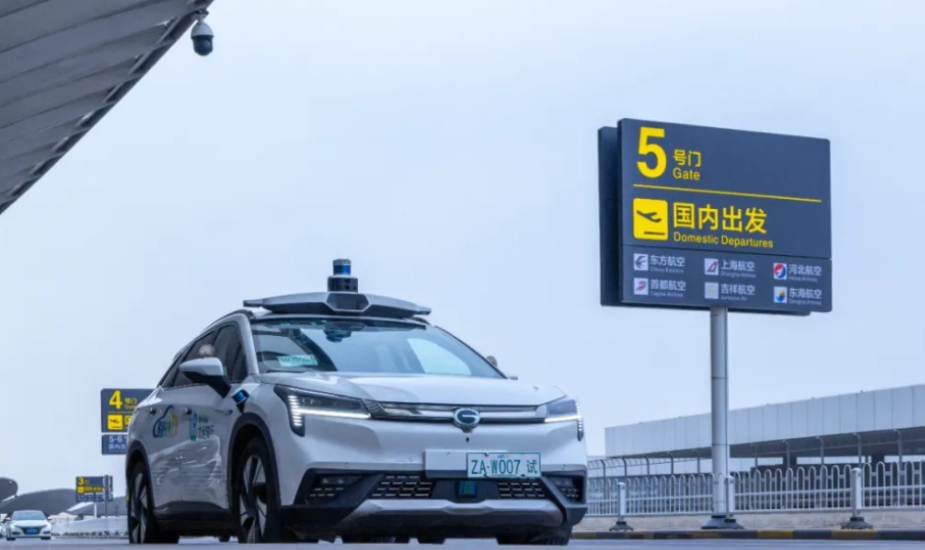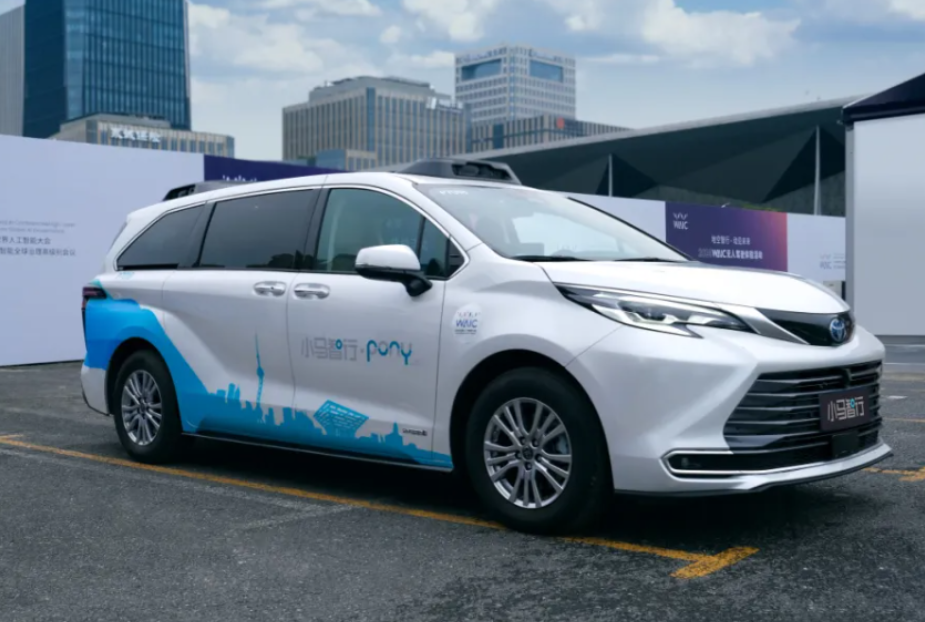Chinese autonomous driving companies expand their market boundaries overseas. The commercial potential of high-level autonomous driving is broadening. Currently, autonomous driving testing and pilot operations in China extend beyond fixed routes in cities like Beijing and Shanghai. The trend shows expansion across the country and globally. Recently, media reported that Baidu’s Apollo Go plans to launch a driverless taxi service in Hong Kong. The Hong Kong Transport and Logistics Bureau responded that a new regulatory framework for autonomous vehicles took effect in March. This framework aims to ensure road safety while allowing more flexibility for testing in complex conditions. The Transport Department expects to announce successful autonomous vehicle projects by the end of the year. The Bureau’s response neither confirmed nor denied the plans, leaving room for speculation about Apollo Go obtaining a license in Hong Kong. Apollo Go’s expansion to Wuhan is already a reality. Given the global growth of autonomous driving, it is possible for these vehicles to hit Hong Kong streets. Moreover, the journey from mainland China to Hong Kong is not the largest leap for domestic manufacturers. With the acceleration of autonomous driving commercialization this year, Chinese companies are targeting broader overseas markets. Despite skepticism, Chinese autonomous driving firms refuse to limit themselves. This year, domestic companies have surprised investors with numerous capital gains. Amid doubts about the commercialization of autonomous driving, these firms steadily pursue overseas opportunities. According to Gaishi Auto, domestic autonomous driving companies mainly pursue two types of overseas expansion: commercializing autonomous vehicle products and exporting autonomous driving technology. As a representative from Pony.ai stated, “We have both technology and product exports. This includes launching autonomous taxi fleets and services abroad, and providing customized autonomous driving solutions for local markets and users.” Regarding technology exports, last October, Pony.ai announced a plan to establish a joint venture in Saudi Arabia with New Future City. This venture aims to provide autonomous driving technology solutions for the region. In March of this year, Pony.ai signed a memorandum of understanding with the government of Luxembourg. They plan to build a regional R&D center in Luxembourg, focusing on cutting-edge autonomous driving research and development. This center will offer customized autonomous driving solutions for the European market. Currently, Pony.ai has launched autonomous driving technology and partnerships in South Korea, Luxembourg, Saudi Arabia, and the UAE. In contrast to technology exports, Chinese autonomous driving companies have made more progress in exporting complete vehicle products. Recently, as Tesla launched its Robotaxi, Nikkei Asia reported that Loongrun is actively expanding globally. The company has engaged in deep discussions with several international firms to enter overseas markets. This news quickly garnered global attention. For instance, The Wall Street Journal reported that the Chinese autonomous ride-hailing platform Loongrun seeks to launch its driverless taxi service in overseas markets, aiming to extend its competitive advantage beyond mainland China. Insiders revealed that Loongrun plans to test and deploy its driverless taxis in Singapore and the Middle East. They have been discussing these plans with local businesses and regulatory bodies. Many Chinese autonomous driving companies have pushed their products into overseas markets beyond “Radish Run.”
On July 3, WeRide’s autonomous shuttle carried its first passengers to Sentosa Resort World in Singapore. This event marked the official launch of Singapore’s first L4 autonomous shuttle service on public roads. Since its founding in 2017, WeRide has obtained autonomous driving licenses in China, the U.S., the UAE, and Singapore. The company now operates in 30 cities across seven countries. On July 31, Pony.ai signed a memorandum of understanding with ComfortDelGro, a Singapore taxi operator. They announced a strategic partnership to promote large-scale commercial operations of autonomous taxis. ComfortDelGro operates in Singapore, the UK, Ireland, Australia, New Zealand, Malaysia, and several cities in China. The company has extensive operational experience and strong fleet management capabilities. “Any place with high labor costs is fertile ground for autonomous driving.” However, challenges exist. Chinese autonomous driving companies face adaptation issues in foreign markets. They must also compete with global players like Waymo, Cruise, and Tesla, who are advancing their autonomous taxi services.
Admittedly, both the overseas market access criteria and local competition pose challenges for any domestic industry venturing abroad. The autonomous driving industry is no exception. Gai Shi Automotive believes that the initial stage of the autonomous driving industry’s expansion focuses on finding the right entry point. Companies must consider which countries are more accepting of autonomous driving. They need to determine the best approach to enter overseas markets. Jin Yining, COO of the Australian subsidiary and head of overseas business at Yikong Zhijia, stated, “Any country with high labor costs presents opportunities for autonomous driving.” Li Xuan, CFO and head of international business at WeRide, noted that autonomous driving technology can fill labor gaps in regions with workforce shortages. It can also perform tasks that are difficult for humans to sustain in extreme weather conditions. Many developed countries eagerly seek autonomous driving products and technologies, presenting numerous business opportunities. In the early stages of the autonomous driving industry, many viewed it as an unattainable “beautiful vision.” However, as more autonomous taxis appear on streets today, people recognize the industry’s bright commercialization prospects. In summary, more individuals now adopt a “softer” attitude toward the autonomous driving industry. The collective efforts of all industry players have instilled growing courage in the market to choose to “believe.”

